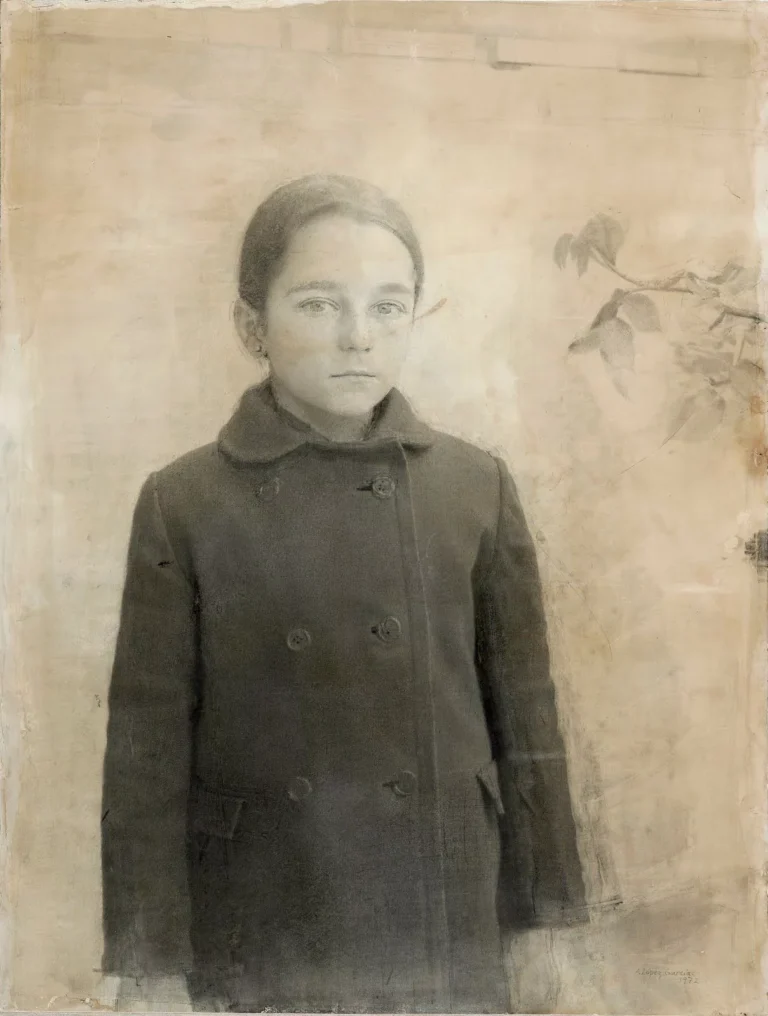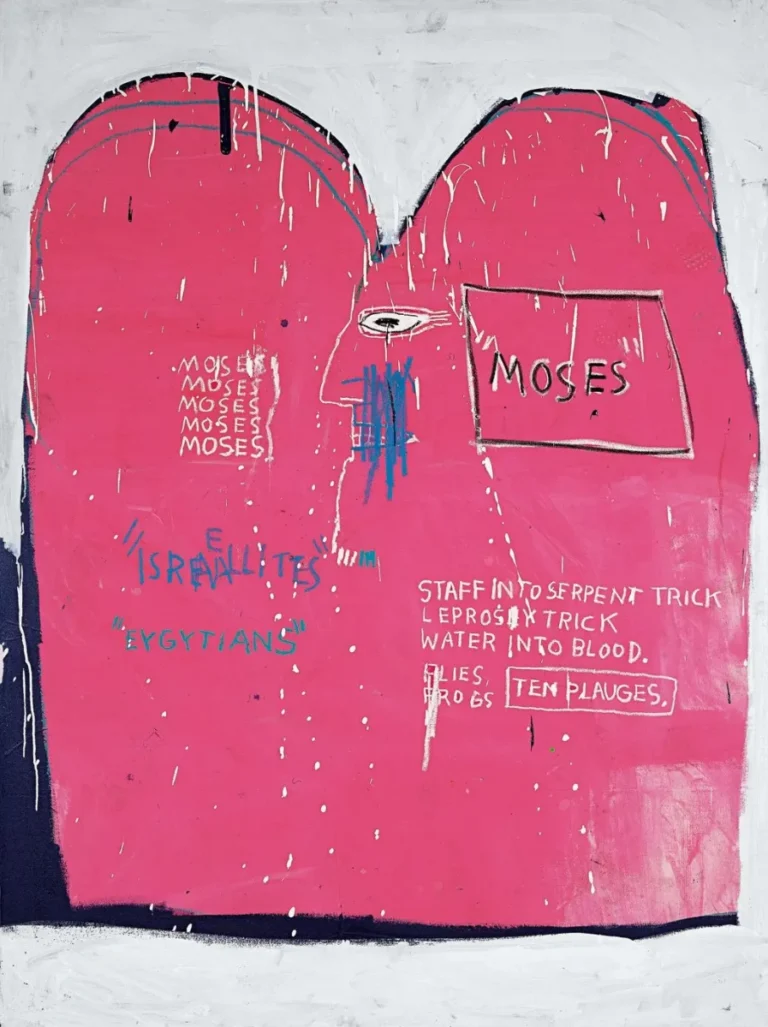Looking for a muse? Check no further. Discover the Best of Art, Culture, History & Beyond!
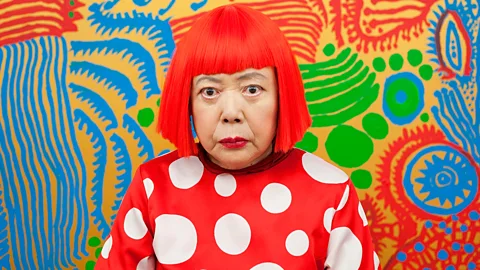
| Born | 1929 | Matsumoto, Nagano-ken (JP) |
| Nationality | Japan |
| Lives & Works | New York City, Tokyo |
| Movement | Pop Art, NO!art |
| Media | Painting, Sculpture, Installation Art, Performance/Happening |
| Period | Post-War |
Yayoi Kusama stands as one of the most successful and recognizable female artists in the world. With her signature bright-red wig and eccentric polka-dot outfits, she has created an unmistakable personal and artistic identity. Even in her nineties, Kusama remains remarkably prolific, continuing to shape contemporary art with her visionary work.
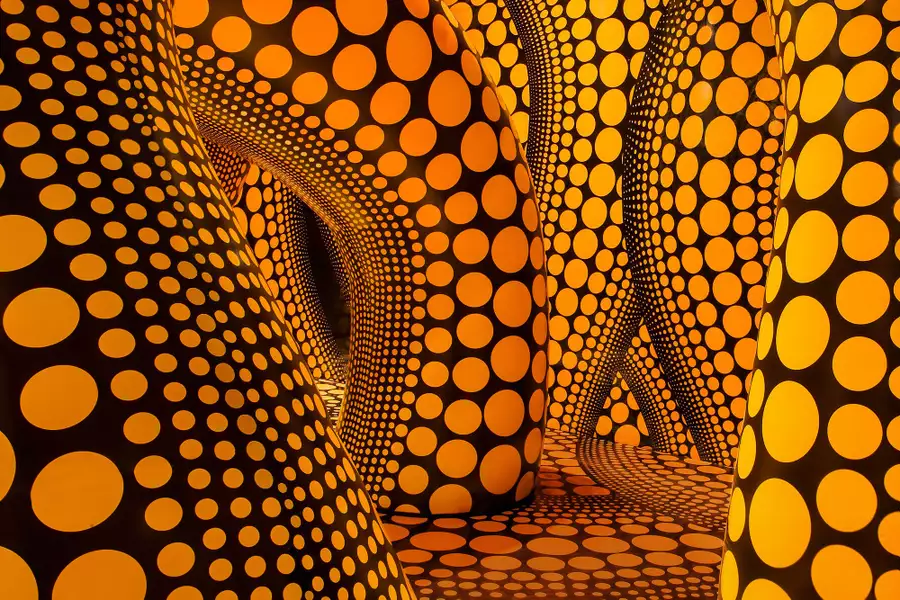
Born in 1929 in the small provincial town of Matsumoto, Japan, Kusama showed an early determination to become a painter. Her childhood drawings revealed an enduring fascination with organic forms and polka dots—motifs that would later define her artistic career. According to Kusama, these dots first appeared to her in a hallucinatory vision, leaving an indelible mark on her creative imagination.
However, her artistic aspirations were met with strong opposition from her family. Her mother, disapproving of her ambitions, would often confiscate her drawings before she could finish them. This constant interruption may have fueled her obsessive need to create quickly, fearing her work might be taken away. Additionally, Kusama endured emotional distress due to her mother’s insistence that she spy on her unfaithful father, an experience so traumatic that it led to a lifelong aversion to sex.
Inspired by Georgia O’Keeffe’s dreamlike depictions of nature, Kusama saw a kindred spirit in the American artist. In a bold move, she reached out to O’Keeffe for guidance, writing, “I’m only on the first step of the long difficult life of being a painter. Will you kindly show me the way?”
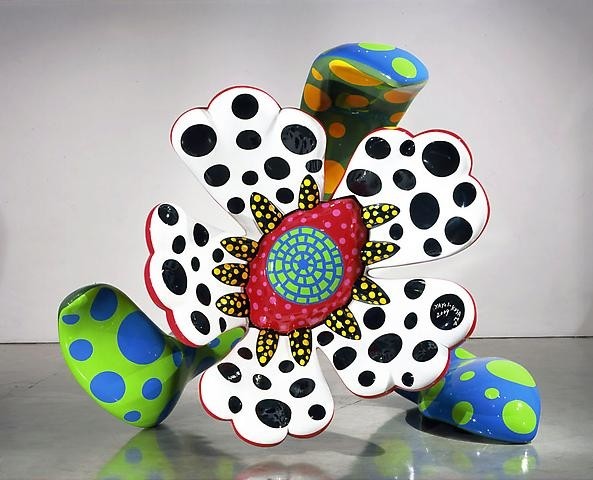
To her astonishment, O’Keeffe responded, though with a cautionary note: “In this country, an artist has a hard time making a living.” Despite the warning, she encouraged Kusama to come to the United States and share her work. Determined to follow this advice, Kusama made the journey to New York, despite speaking little English and facing restrictions that prevented her from bringing money from Japan. She sewed dollar bills into her kimono and set out to establish herself in the global art scene.
Upon arriving in New York, Kusama found herself navigating a male-dominated art world. Even female gallery owners were hesitant to exhibit women artists. Despite early recognition from influential figures like artist and critic Donald Judd, and admiration from painter Frank Stella, widespread success eluded her. Adding to her frustration, many of her innovative ideas were co-opted by male artists—Claes Oldenburg, for instance, took inspiration from her soft sculpture concept, while Andy Warhol replicated her idea of repeated imagery from “One Thousand Boats” for his “Cow Wallpaper.”

One of Kusama’s most groundbreaking works was the world’s first mirrored-room installation, exhibited at the Castellane Gallery in New York in 1965. Her visionary approach captured the growing public fascination with the concept of infinity, but just months later, avant-garde artist Lucas Samaras debuted his own mirrored installation at the prestigious Pace Gallery. This apparent appropriation of her concept, coupled with ongoing struggles for recognition, led Kusama into a deep depression. Overwhelmed by despair, she attempted suicide by jumping from her apartment window.
With the support of friends such as gallery owner Beatrice Webb, Kusama regained her footing. In an act of remarkable resilience, she took her work to the 1966 Venice Biennale—without an official invitation—where she presented “Narcissus Garden,” an installation of 1,500 mirrored spheres that she attempted to sell individually as a statement on the commercialization of art. Authorities quickly shut down her sales, but the performance solidified her reputation as a bold and subversive artist.
Determined to break free from the constraints of the gallery system, Kusama turned to performance art. She staged provocative happenings in locations like Central Park and the Museum of Modern Art, often advocating for peace or critiquing the art establishment. However, these performances, which frequently involved nudity, sparked outrage both in Japan and the U.S., further alienating her from her conservative family and some art circles.
Feeling increasingly isolated and disillusioned, Kusama returned to Japan. Without support and struggling with severe depression, she made another suicide attempt. Yet, her drive to create proved stronger than her despair. She found refuge in a hospital that embraced art therapy, where she resumed painting. Her initial works following her hospitalization were stark, collage-based pieces that explored the natural cycles of life, reflecting her confrontation with past traumas.
For years, Kusama was largely forgotten by the global art world. However, her unwavering dedication led to a slow but steady resurgence. In 1989, the Center for International Contemporary Arts in New York held a retrospective of her work. Four years later, thanks to the advocacy of art historian Akira Tatehata, Kusama became the first solo artist to represent Japan at the Venice Biennale in 1993. Though she required the accompaniment of a psychotherapist due to fragile mental health, the exhibition was a triumph, changing the perception of her work and elevating her status in Japan and beyond.
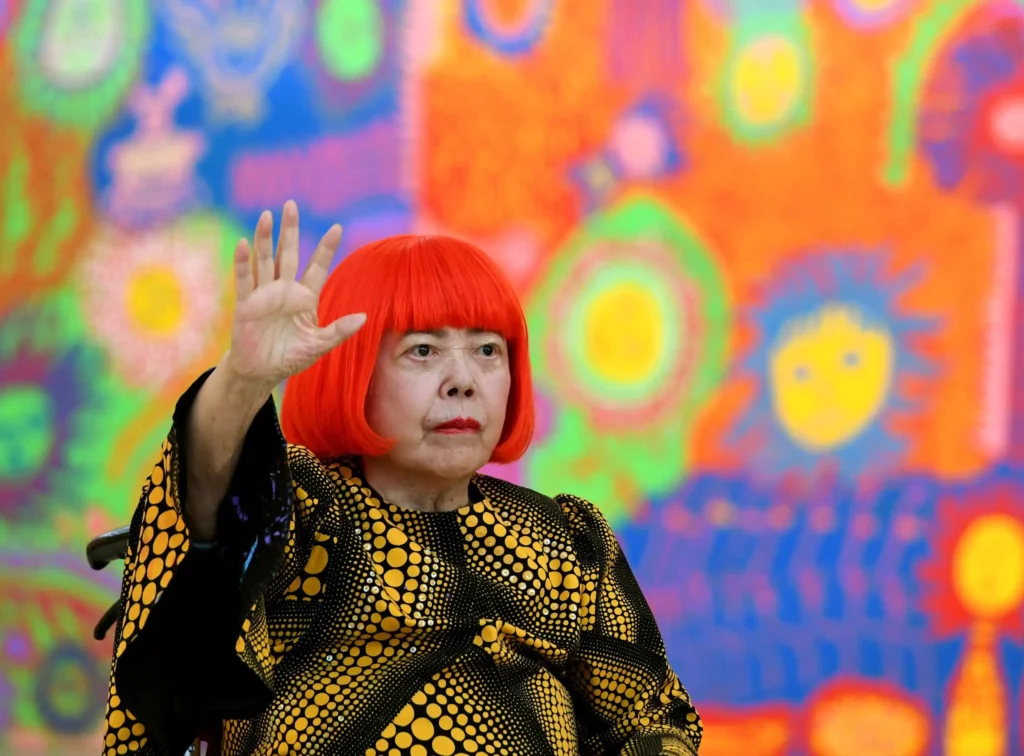
Over the following decades, Kusama’s reputation grew exponentially, aided by major retrospectives and an explosion of interest fueled by social media. Her iconic pumpkins, hypnotic polka dots, and mesmerizing Infinity Mirror Rooms captivated audiences worldwide, transforming her into a cultural phenomenon. The immersive nature of her work resonated deeply with a generation drawn to interactive, experiential art.
While social media played a crucial role in expanding her reach, Kusama’s art transcends digital trends. Her work embodies the transformative and redemptive power of creativity, offering viewers a glimpse into her intricate psychological world. Whether standing before a monumental pumpkin sculpture, stepping into an endless field of mirrored reflections, or losing oneself in a sea of polka dots, experiencing Kusama’s art is a testament to the resilience of the human spirit.
Through decades of struggle, rejection, and personal battles, Yayoi Kusama has defied the odds to become one of the most celebrated artists of our time. Her story is not just one of artistic innovation but of relentless perseverance, proving that true visionaries are often those who refuse to be silenced.

This article is published on ArtAddict Galleria, where we explore the intersections of art, history, and culture. Stay tuned for more insights and discoveries!
